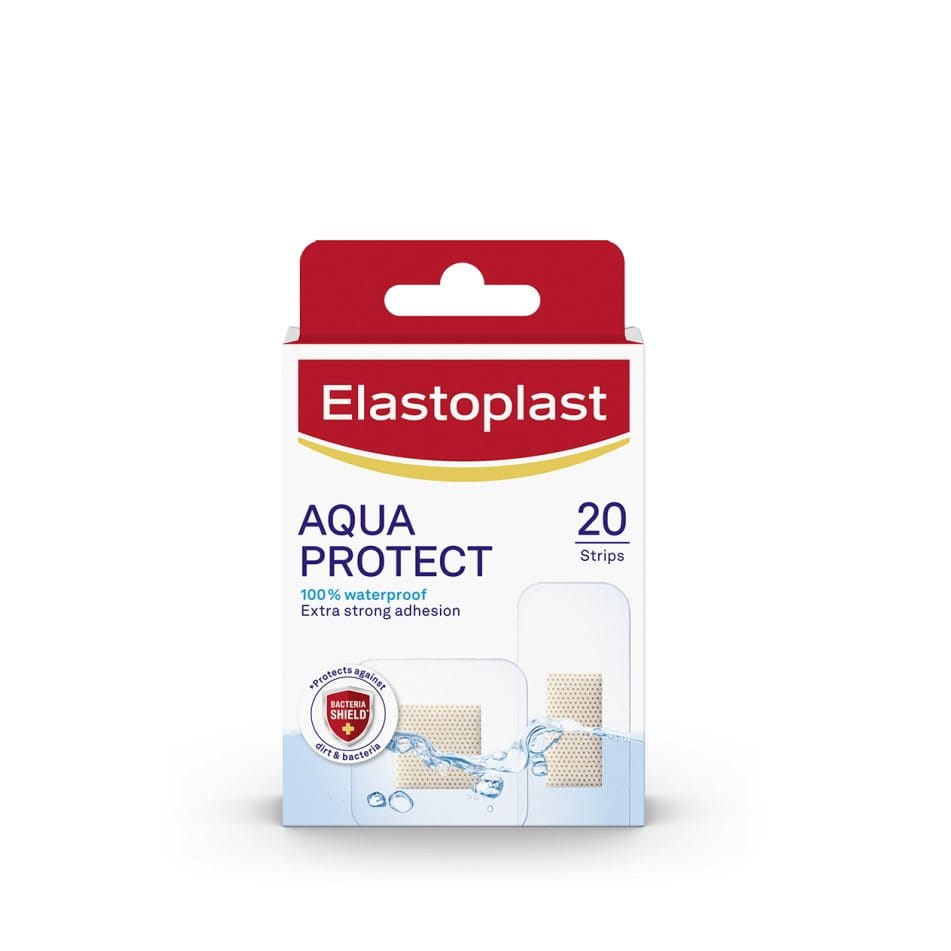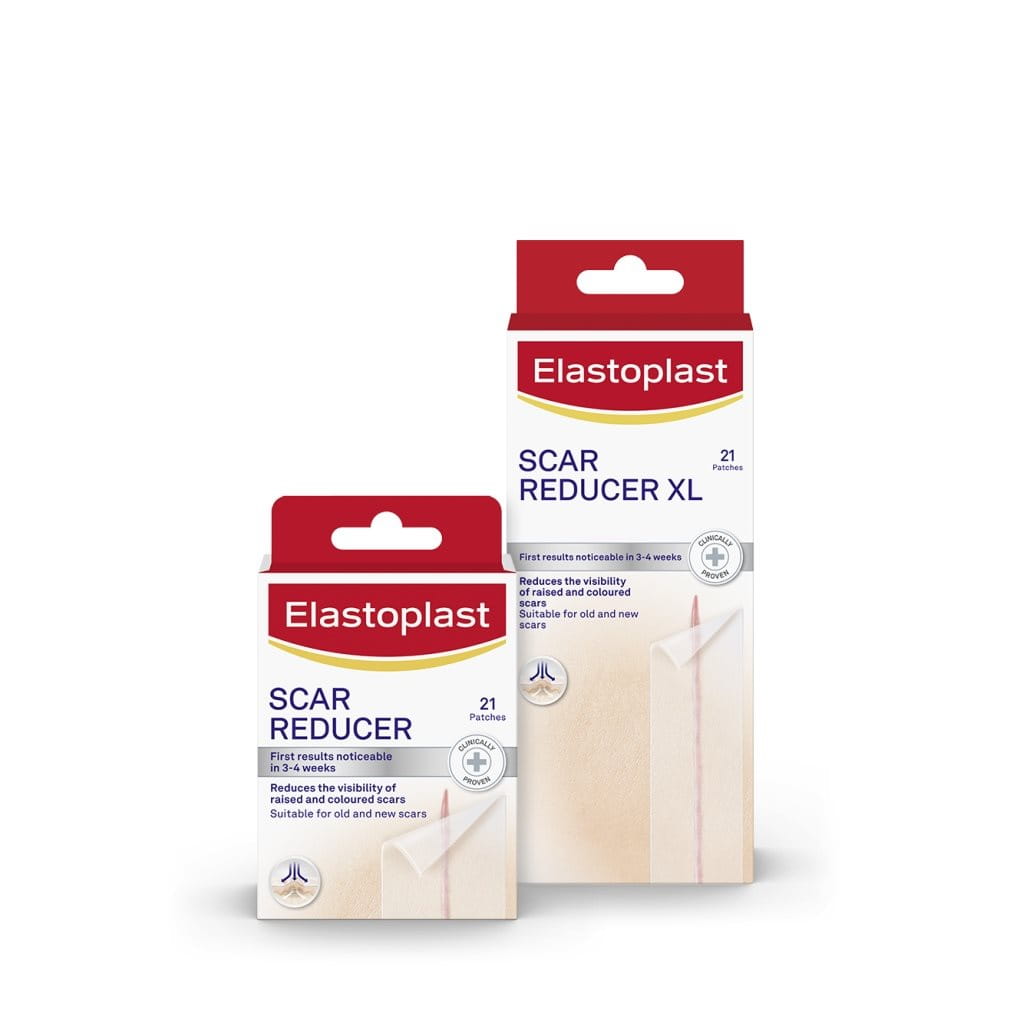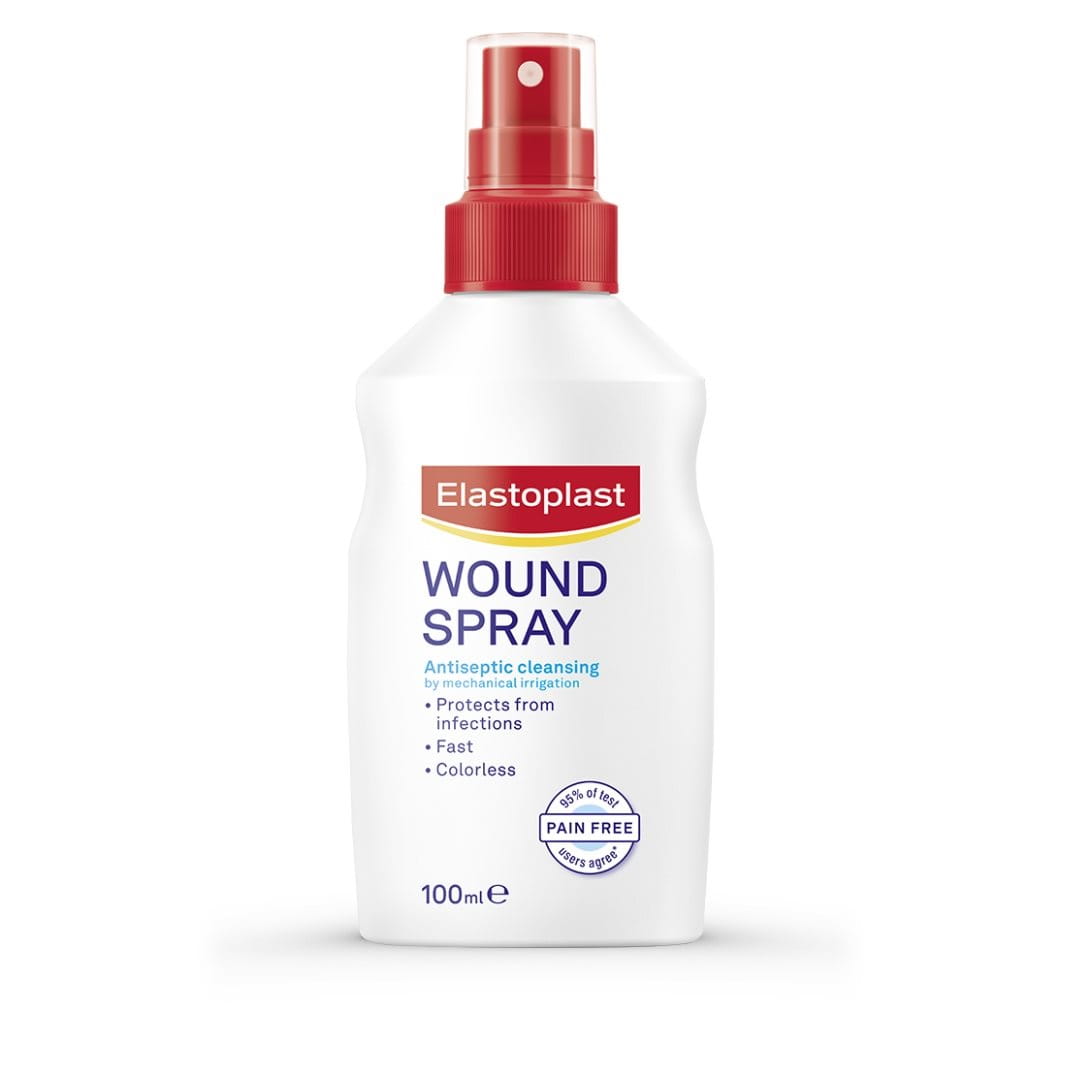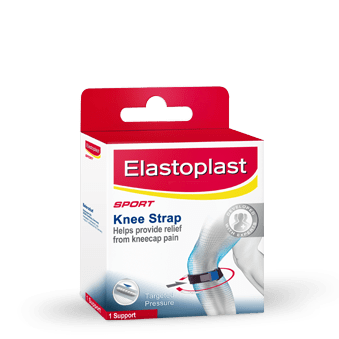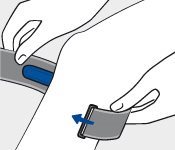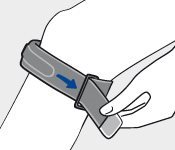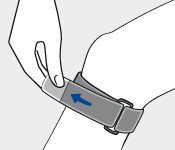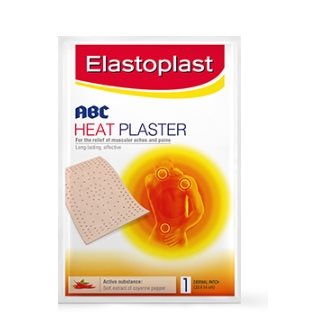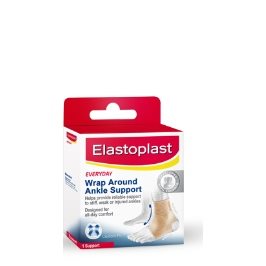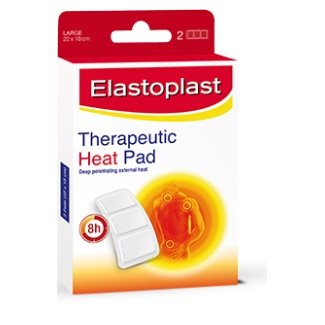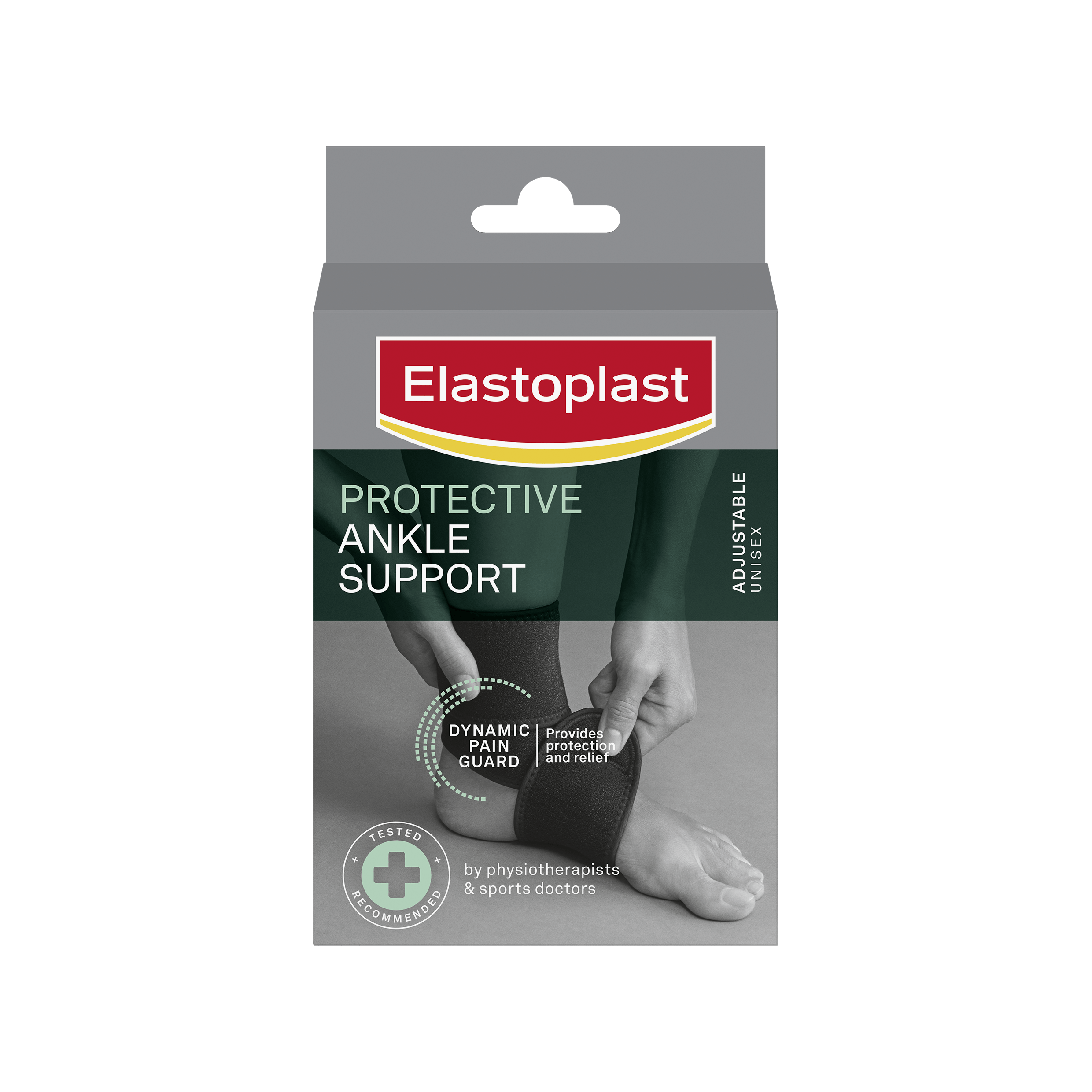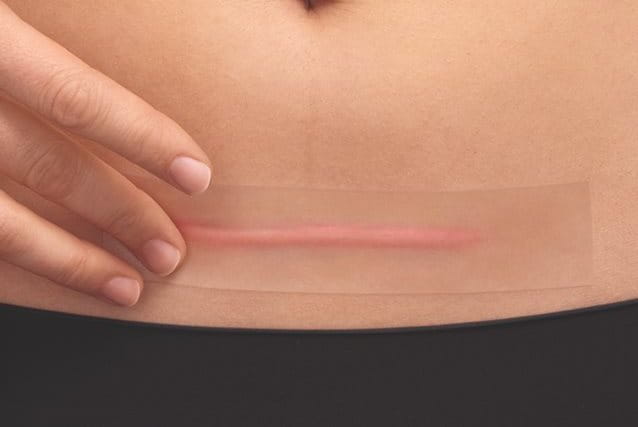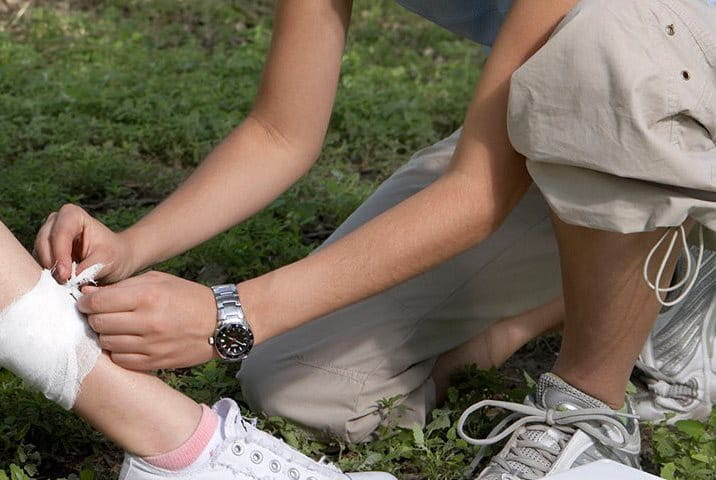Knee Strap
Product Info
Knee Strap
Elastoplast Knee Strap is designed to help relieve symptoms of Patellofemoral Pain Syndrome and tendonitis of the knee. The built-in pressure strip provides targeted support to the tendons below the kneecap to guide the kneecap correctly during movement and relieve the associated knee pain.
- Adjustable strap for secure custom fit
- Soft-touch, moisture releasing material for comfort
How To Use
Ingredients
All Ingredients
| Product | Type | Size | Quantity | |||
|---|---|---|---|---|---|---|
| Product : | Knee Strap | Type: |
|
Size: | Quantity: | 1 Bandage |
Sport (7)
-
What are the most common sports injuries?
There are five common sporting injuries: -
1. Excessive strains
A strain to the muscle or tendon can happen when the muscle is over stretched or excessively worked. This can cause the muscle to swell or fibres to rupture as in a torn hamstring. It may be painful and difficult to move or walk. Strains usually take one to six weeks to heal.
-
2. Bruises
A direct blow to the muscle tissue can result in bruising or cuts such as in a corked thigh. -
3. Tendonitis (inflammation of the tendon)
This can happen after excessive overuse. Often this is due to poor equipment or preparation, such as in tennis elbow. -
4. Dislocation
This happens when a joint is injured and one or more bones are displaced from their normal position such as a disclocated finger or shoulder. -
5. Sprains
This is an injury to a ligament and is caused by a sudden overstretching such as in a sprained ankle. It may be painful and difficult to move or walk. -
How do I manage a serious injury?
Serious injuries, such as head, neck and abdominal injuries, need to be managed by a professional and calling an ambulance will normally be the first priority. Relevant First Aid or Medical training is required before a person can safely offer help in life-threatening injuries.
